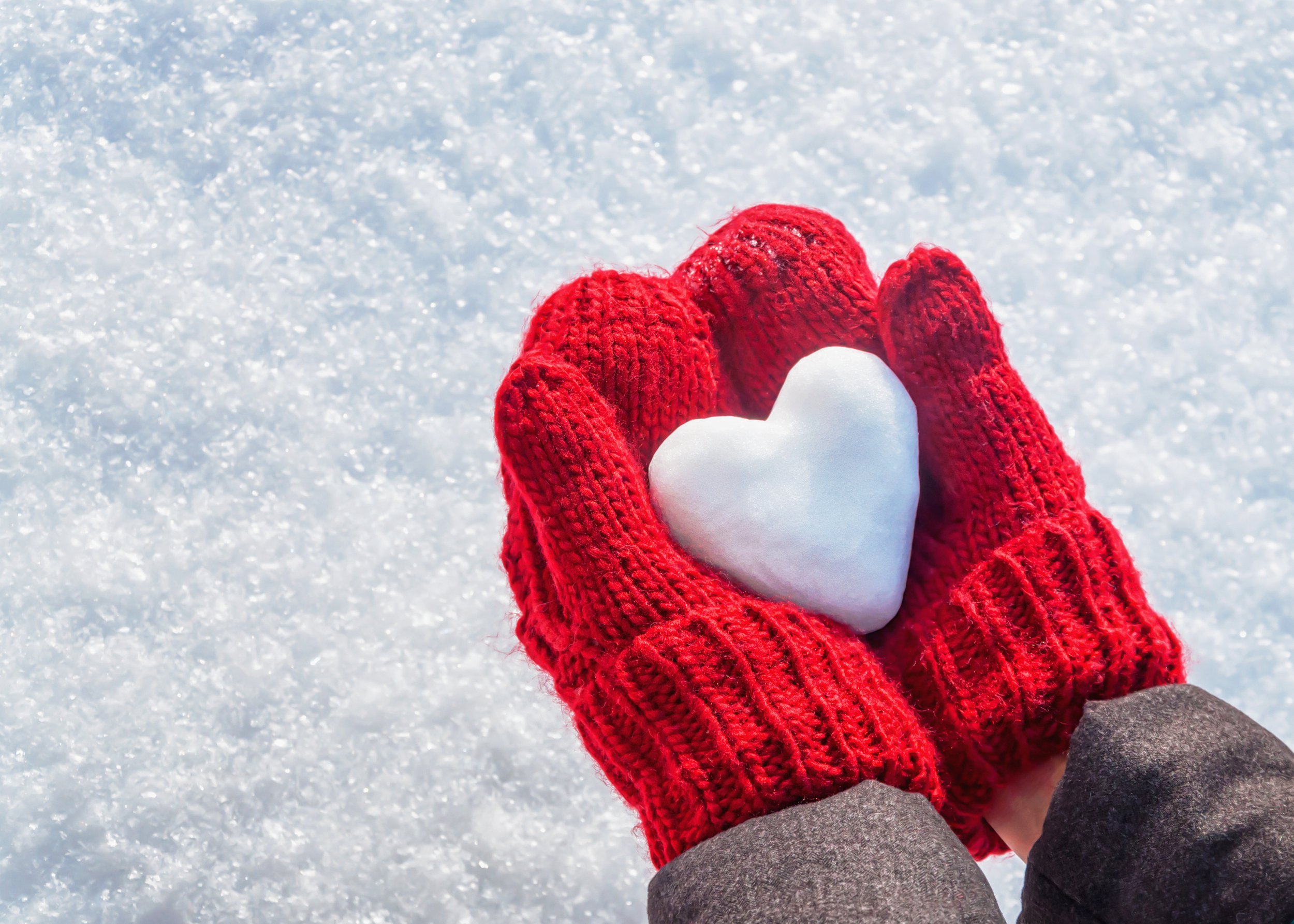Fun Facts About Snow!
Snow may seem like a simple winter wonder, but it's full of surprises! From its colors to its quirky effects, here are some mind-blowing snow facts you probably didn’t know:
Snow Isn’t White
While it looks white to us, snow is actually translucent. Its many sides scatter light in all directions, creating the "white" appearance. Snow can also come in vibrant hues like pink (watermelon snow), orange, or even black, thanks to algae, dust, and pollution.
Snow Shapes Depend on Temperature
The air temperature around a snowflake determines its shape. Needle-like crystals form at around -2°C (28°F), while flat, plate-like crystals form at colder temperatures of -5°C (23°F). Changing conditions as flakes fall create their intricate, six-armed designs.
World’s Largest SnowflakeSnowflakes come in all sizes, from tiny to giant. The largest snowflake on record was reportedly 15 inches wide and 8 inches thick, discovered in Fort Keogh, Montana, in 1887. While most flakes are much smaller, some reports suggest they can grow up to six inches across under the right conditions.
Snowflakes Are Made on Dirt
Snowflakes begin as tiny particles of dirt, pollen, or dust. Ice crystals form around these nuclei, growing into the intricate shapes we see. Every year, at least 1 septillion snowflakes (that’s 1 followed by 24 zeros!) fall from the sky.
Snow Can Insulate
Made up of 90–95% trapped air, snow acts as an excellent insulator. Animals burrow in it for warmth, while igloos built with compacted snow can be up to 100°F warmer inside than the freezing temperatures outside.
Snow on Mars
Snow isn’t just an Earthly phenomenon—it also exists on Mars! NASA has detected carbon dioxide snowflakes over the planet’s southern pole and evidence of icy snowstorms during its northern summer.
The Quiet of Fresh Snow
Freshly fallen snow absorbs sound, creating a serene and hushed environment. However, once snow melts and refreezes, it can reflect sound waves, amplifying noises instead.
Snow Reflects Ultraviolet Light
Snow’s ability to reflect UV radiation can cause “snow blindness,” a temporary condition resulting from overexposure to the reflected light.
Snow Monkeys Love Snowballs
Japanese macaques, also known as snow monkeys, love playing with snowballs. They even steal them from one another in playful squabbles!
What Makes a Blizzard?
Light snowfall is magical, but to qualify as a true blizzard, a storm must have winds exceeding 35 mph, visibility of less than 1/4 mile, and last at least three hours.
Fear of Snow
Chionophobia is an irrational fear of snow. It can stem from childhood trauma or an overwhelming dread of being buried or trapped.
Snowflakes Fall at Different Speeds
Snowflakes can take about an hour to reach the ground, falling at speeds ranging from a leisurely 1 kph (0.6 mph) to a brisk 14 kph (9 mph), depending on their size, weight, and environmental conditions.
Snow’s Role in Freshwater
A staggering 80% of Earth’s freshwater is locked in snow and ice, covering about 12% of the planet's surface.
The Language of Snow
The Inuit famously have 50 words for snow, but the Scots take it further with 421 terms, including ‘skelf’ (a large snowflake), ‘spitters’ (small drops of snow), and ‘unbrak’ (the beginning of a thaw).
Mother nature is beautiful and there’s just so much to learn about it. How many of these facts surprised you?
Resources:
https://www.mkewithkids.com/post/snow-facts-for-kids/
https://www.bbcearth.com/news/17-surprising-facts-about-snow
Jessica Adamany
Development Manager | IndieMe Marketplace










